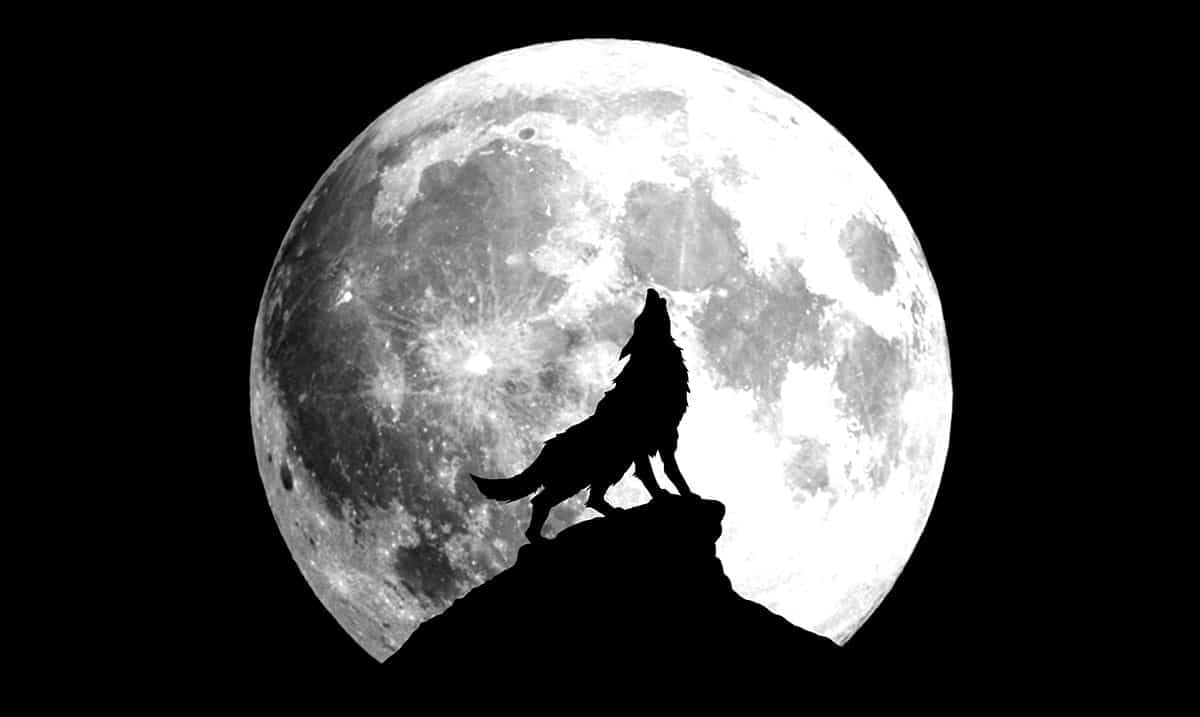Each full moon of the year has a name and information about it founded in old folklore and ancient history. The January full moon is coming up, and the folklore and mysticism surrounding it are fascinating.
On January 17, 2022, we will encounter the full wolf moon. The names were given to the moon come from Native American, Colonial American, and European sources, according to the Old Farmer’s Almanac. And each lunar month has its name, not just the full moon. This particular moon is referred to as the Wolf Moon because wolves are more active and typically howl during this time of year.
Ancient wisdom believed this was likely because of their hunger, however, modern knowledge has given us more insight. Now, we know wolves howl because they are territorial, attempting to find the rest of their pack, and coordinating their hunts.
Another name given to this moon is the “Center moon” because it falls in the dead center of winter. There are other names including the cold moon, frost exploding moon, freeze up the moon, severe moon, and hard moon.
Many spiritual traditions consider the Wolf moon to be a time of transformation and introspection, which makes sense considering it’s the beginning of a brand-new year. To view this beautiful moon, you only need to go outside during its full illumination, which will peak at around 6:51 P.M EST. And full moons are amazing, because they stay near full illumination for three days, so you will have plenty of time to bask in its beauty and meditate on transformation from within.
You can also go to the moonrise calculator located on almanac.com to find out when it will be rising and setting in the sky above your location by following this link.

